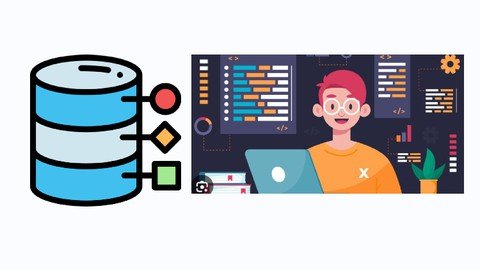
Published 5/2023
MP4 | Video: h264, 1280×720 | Audio: AAC, 44.1 KHz
Language: English | Size: 2.87 GB | Duration: 11h 9m
Mastering Data and Code: Unleashing the Power of PostgreSQL and Python to Build Dynamic Apps and APIs
What you’ll learn
Installing and configuring PostgreSQL.
Understanding the fundamental concepts of PostgreSQL databases.
Creating PostgreSQL databases and tables.
Understanding and utilizing PostgreSQL data types.
Understanding the concept of CRUD (Create, Read, Update, Delete) operations.
Performing CRUD operations in PostgreSQL.
Understanding and utilizing table joins in PostgreSQL.
Performing various types of PostgreSQL table joins like Inner Join, Left Join, Right Join, and Full Outer Join.
Understanding and utilizing PostgreSQL aggregate functions like COUNT, SUM, AVG, MAX, and MIN.
Creating and using PostgreSQL triggers for automatic database operations.
Basic Python programming syntax and concepts.
Understanding and using Python variables and data types.
Implementing conditional statements in Python.
Understanding and utilizing loops in Python.
Writing and calling Python functions.
Using Jupyter Notebook for Python coding and testing.
Connecting a PostgreSQL database with a Python application.
Performing database operations in Python using PostgreSQL.
Understanding the structure of a database-driven Python application.
Designing and building a database-driven Python application.
Introduction to API and their importance.
Basics of the Django framework and Django REST Framework.
Building APIs using Django and Django REST Framework.
Connecting an API to a PostgreSQL database.
Making API calls from a Python application.
Understanding the principles of the REST architecture.
Testing and debugging a Python application connected to a PostgreSQL database.
Requirements
Basic Computing Skills: Students should be comfortable with using a computer, installing software, and navigating the internet.
Familiarity with Programming: While not absolutely necessary, some familiarity with programming concepts would be advantageous. This could be in any language, not necessarily Python or SQL.
Understanding of Databases: Basic understanding of what a database is and why it is used can be helpful. Familiarity with SQL would be a bonus but is not required.
Python Installation: It’s recommended to have a recent version of Python (3.x) installed on your system. You should also install Jupyter Notebook, which is a popular tool for running Python code. The installations are covered in the course.
PostgreSQL Installation: You’ll need to install PostgreSQL on your system. Don’t worry if you’re not sure how to do this, as the course will guide you through the process.
Willingness to Learn: Most importantly, you should be curious and willing to learn new concepts and tools. This is a hands-on course, so you’ll need to be ready to get involved and experiment with the code and concepts.
While meeting all these prerequisites will help you get the most out of the course, don’t be discouraged if you don’t meet them all right now. The course is designed to be accessible even to beginners, and we’ll be covering all necessary foundational concepts as we go. The most important requirement is a willingness to learn.
Description
Dive deep into the world of Python programming and PostgreSQL databases with our comprehensive course designed to take you from beginner to expert. In this dynamic and engaging course, you will learn the essential concepts and practices used by professional programmers and database administrators worldwide.This course begins by guiding you through the PostgreSQL Setup, introducing you to the world of relational databases. You will gain a solid understanding of PostgreSQL Database Fundamentals, including database schemas, data types, and relationships.Once you’re comfortable with the basics, we’ll venture into Performing PostgreSQL CRUD Operations, where you’ll learn how to Create, Read, Update, and Delete data in your PostgreSQL databases. You’ll then discover the power of PostgreSQL Table Joins, which allow you to combine data from multiple tables in powerful and insightful ways.We’ll also delve into advanced SQL concepts, including PostgreSQL Aggregate Functions for summarizing data, and PostgreSQL Triggers which allow automatic actions based on database events.Shifting gears, we’ll introduce you to Python, one of the world’s most popular and powerful programming languages. You will get hands-on experience with Performing basic Python operations like Loops, conditional statements, Variables, and functions with Jupyter Notebook. This knowledge will form the foundation for all your Python programming.The course then merges these two powerful tools – Python and PostgreSQL. You will learn how to Build a database-driven application with PostgreSQL and Python, enabling you to create dynamic and interactive web applications.Lastly, you’ll enter the world of APIs. Building an API with Python, Django, PostgreSQL, and the REST Framework will be the final step in your journey. This will allow your applications to communicate with other applications, providing powerful and flexible functionality.By the end of the course, you will have a thorough understanding of Python programming and PostgreSQL databases, and you will be able to create sophisticated web applications and APIs. Whether you’re just starting your coding journey or looking to enhance your skills, this course will provide the knowledge and experience you need to succeed.
Password/解压密码caxfwz

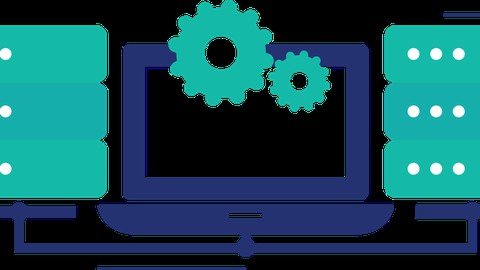
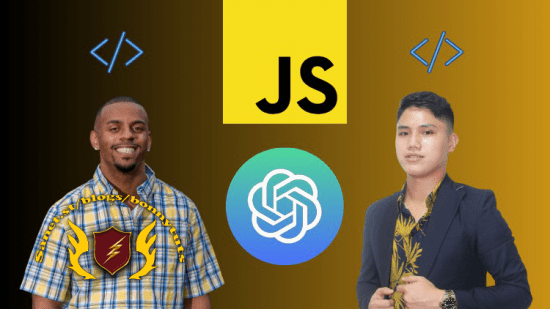
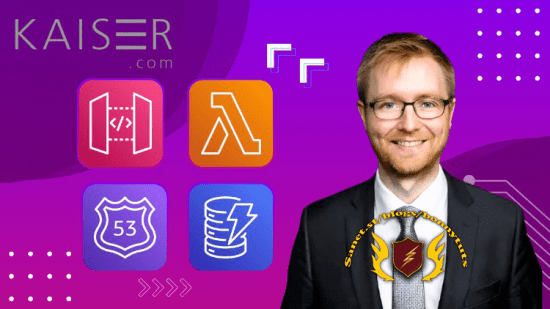

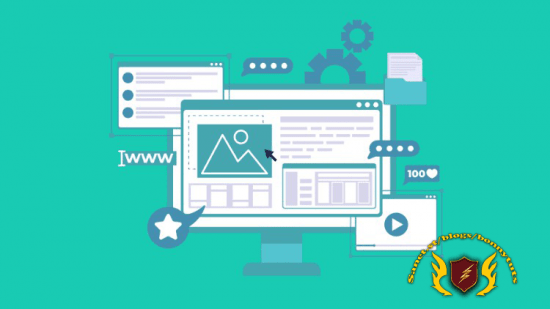
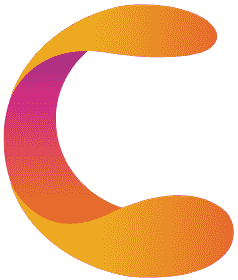
请先 !